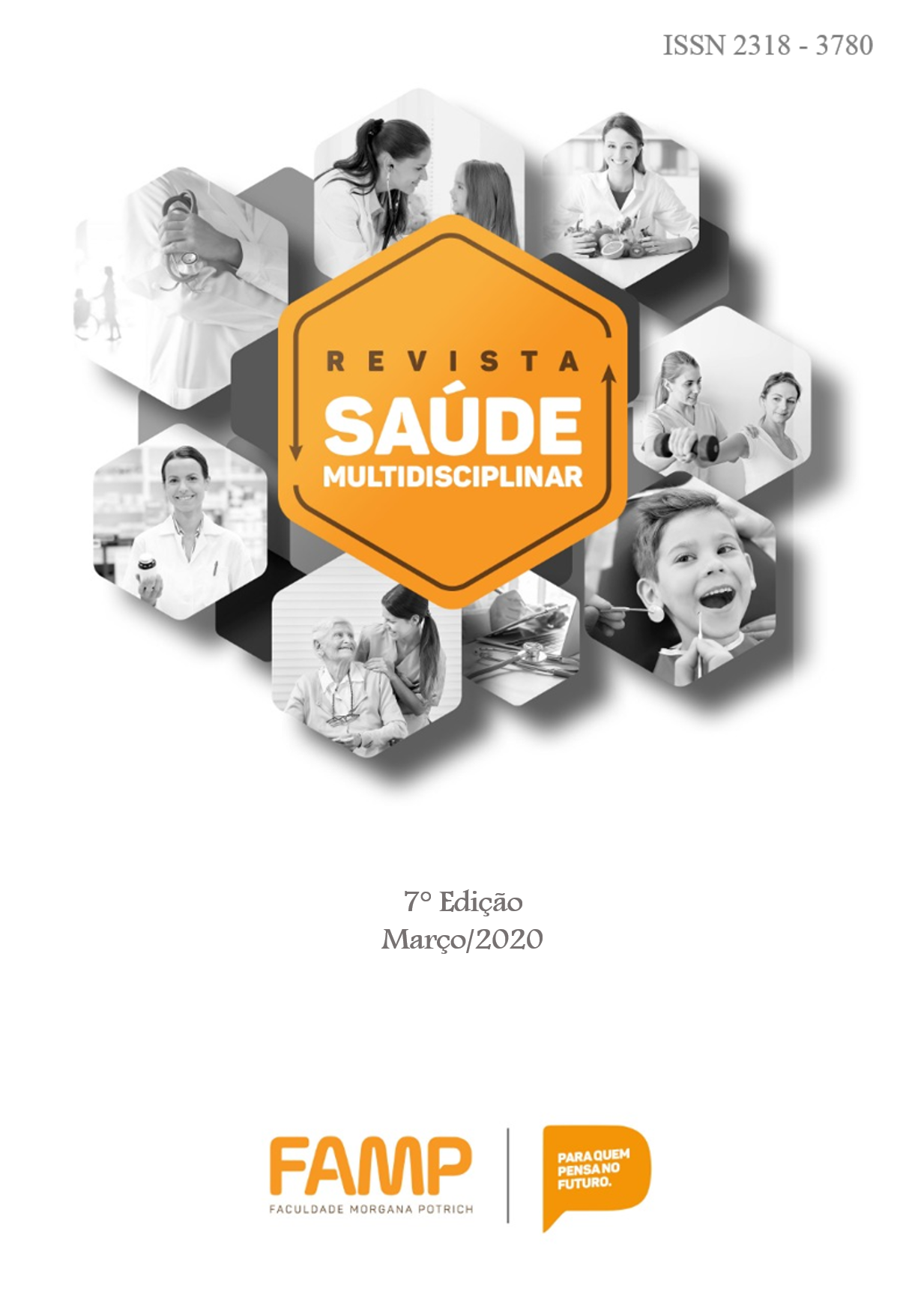Evaluation of apical debris extrusion in endodontics retreatment for three instrumentation systems.
Keywords:
Endodontics, Retreatment, InstrumentationAbstract
All endodontic instrumentation systems promote apical extrusion of debris, which is a major cause of postoperative pain and delayed periapical repair and maintaining the health of the tissues is essential for achieving this objective. In view of the importance of the subject and the absence of papers in the literature, it is pertinent and timely to carry out the present research, which aims to evaluate the efficiency and the apical extrusion of debris from different endodontic retreatment techniques. Thirty-six lower incisors were selected, with a single channel and Vertucci type I classification. Teeth were chosen without previous endodontic treatment, with complete apical formation. Allocated in 3 groups (n = 12) Group 1: Rotatory Movement; Group 2: Reciprocating Movement; Group 3: Adaptive Movement. Further apical extrusion of debris can be verified when reciprocating instrumentation used, and less extrusion with Adaptive Motion. Regarding the time spent in preparation, the reciprocating movement was the one that spent the most time differing statistically from the group with rotational movement that consumed more time than the Adaptive Motion. It is concluded that different kinematics do not influence the apical extrusion, however the instrumentation using the kinematic Adaptive Motion provided the faster preparation.
Additional Files
Published
Versions
- 2020-10-06 (2)
- 2020-10-06 (1)









